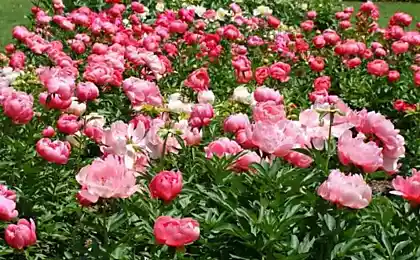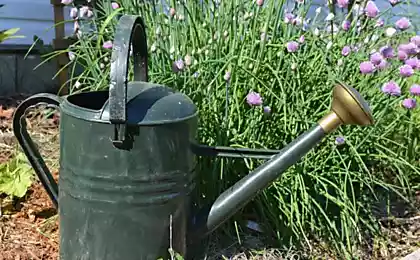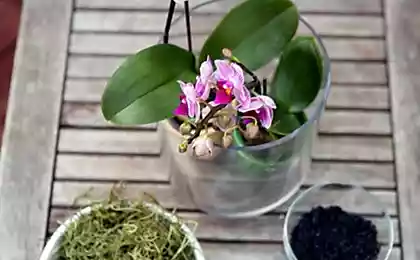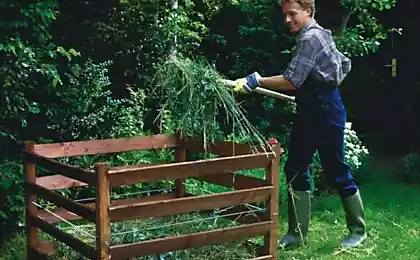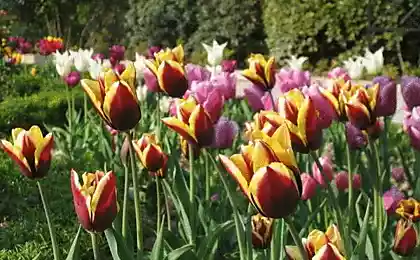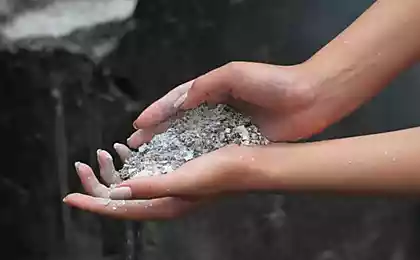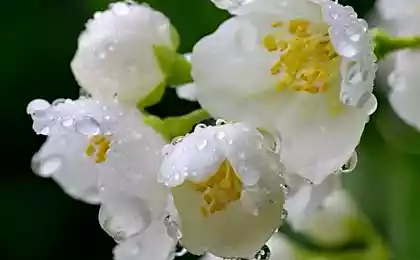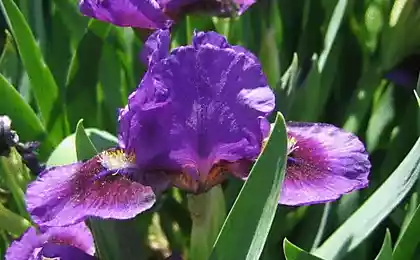181
What care is needed for lilies after active flowering
Lilies are beautiful flowers that smell and delight the eye. At the dacha, it is worth planting at least one bush of these luxurious flowers to decorate the summer cottage. Only planting and caring for these flowers should be given due attention. Today we're going to tell you How to care for lilies after floweringTo keep their buds as long as possible and prepare them for winter.
How to care for lilies after flowering
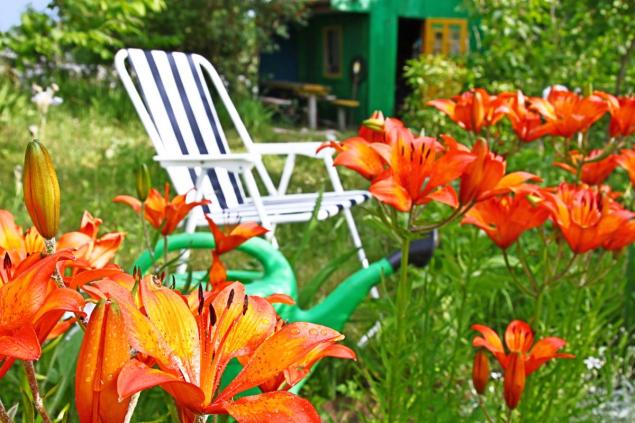
Onion plants need above-ground sprouts for photosynthesis. If the sprout is removed prematurely, the lilies may not survive the winter, and the likelihood of flowering next year will decrease. Therefore, you need to wait until the lily flowers wither, and even then cut off the top of the stem with seed boxes.
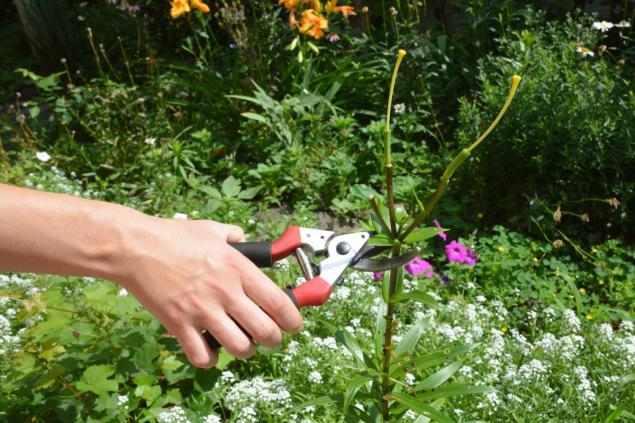
This must be done so that the onion receives the maximum nutrients from the soil. If the peduncles are not pruned, then all nutrients will be spent on the formation of seeds, and not on the nutrition of the plant bulb.
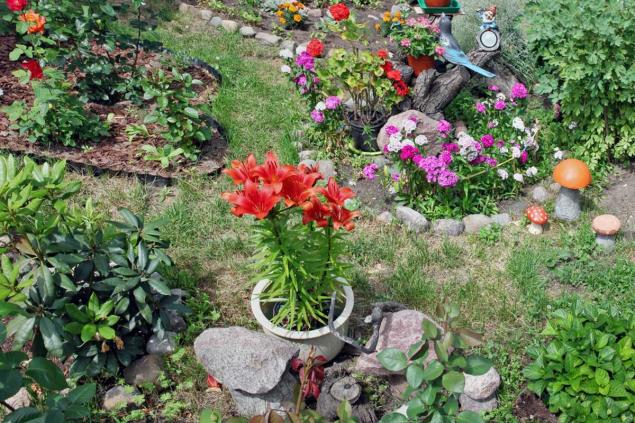
The rest of the stem should remain in the ground before the lily leaves begin to turn yellow. Then the flower-bearers can be carefully twisted out of the ground or left "hemps" in order to remind the forgetful gardener of themselves.
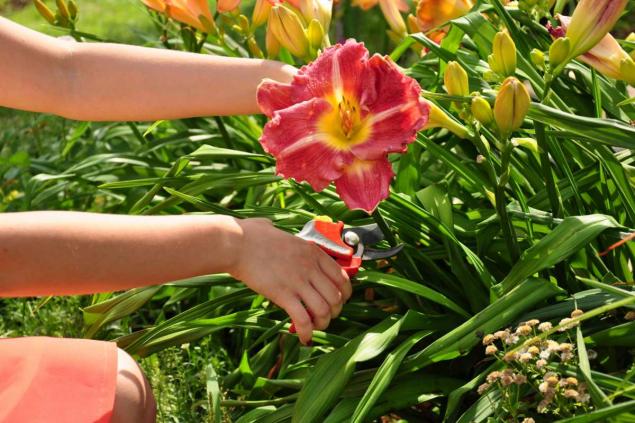
Transplant lilies can be at any time of flowering. The important thing is to do it right. It is best to transplant flowers at rest. Then the transplant will not affect their growth negatively. Depending on the species, the resting period for lilies is the end of August - the beginning of September. Usually at this time, the above-ground part of the flowers withers and prepares for sleep.
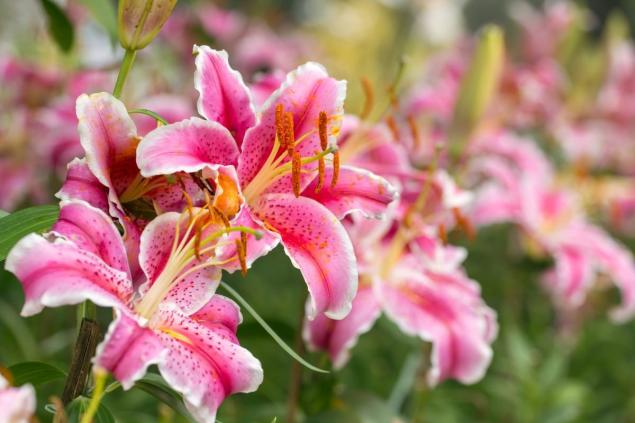
There is usually no need to dig lilies every year. This is done if the nest of flowers has grown much or the flowers have been planted unsuccessfully. Lilies are also excavated for reproduction or for treatment with disinfectants of flowers. If lilies are dug out for transplantation, then the flowers are better immediately transplanted to a new place so that they have time to take root there before the onset of cold weather.

If in summer there is a severe drought, then periodically you need to water the flowers so that they do not wither prematurely. Usually in summer it rains regularly, and in the morning the dew does not allow the flowers to dry. So at this time of year you can not water the lilies.
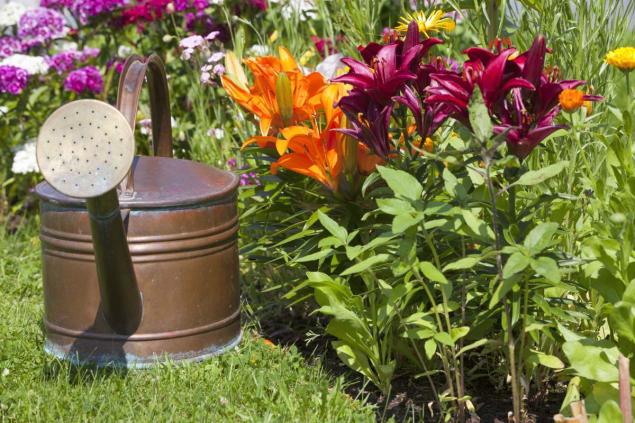
It also depends on where the lily was planted. If the soil is dense enough and retains moisture for a long time, especially not need to water the flowers. When the cold comes, excessive watering can only harm the plants.

Feeding flowers In horticultural shops there are special tools for feeding lilies. Phosphoric and potassium fertilizers are usually used for this purpose. In summer, you do not need to use fertilizers with a high nitrogen content. And feed lilies must be no later than August.

We hope that your lilies bloom wildly and please the gentle smell until now. If you follow simple rules, you can save flowers for the coming year without digging them out. How do you care for lilies in the garden?
How to care for lilies after flowering

Onion plants need above-ground sprouts for photosynthesis. If the sprout is removed prematurely, the lilies may not survive the winter, and the likelihood of flowering next year will decrease. Therefore, you need to wait until the lily flowers wither, and even then cut off the top of the stem with seed boxes.

This must be done so that the onion receives the maximum nutrients from the soil. If the peduncles are not pruned, then all nutrients will be spent on the formation of seeds, and not on the nutrition of the plant bulb.

The rest of the stem should remain in the ground before the lily leaves begin to turn yellow. Then the flower-bearers can be carefully twisted out of the ground or left "hemps" in order to remind the forgetful gardener of themselves.

Transplant lilies can be at any time of flowering. The important thing is to do it right. It is best to transplant flowers at rest. Then the transplant will not affect their growth negatively. Depending on the species, the resting period for lilies is the end of August - the beginning of September. Usually at this time, the above-ground part of the flowers withers and prepares for sleep.

There is usually no need to dig lilies every year. This is done if the nest of flowers has grown much or the flowers have been planted unsuccessfully. Lilies are also excavated for reproduction or for treatment with disinfectants of flowers. If lilies are dug out for transplantation, then the flowers are better immediately transplanted to a new place so that they have time to take root there before the onset of cold weather.

If in summer there is a severe drought, then periodically you need to water the flowers so that they do not wither prematurely. Usually in summer it rains regularly, and in the morning the dew does not allow the flowers to dry. So at this time of year you can not water the lilies.

It also depends on where the lily was planted. If the soil is dense enough and retains moisture for a long time, especially not need to water the flowers. When the cold comes, excessive watering can only harm the plants.

Feeding flowers In horticultural shops there are special tools for feeding lilies. Phosphoric and potassium fertilizers are usually used for this purpose. In summer, you do not need to use fertilizers with a high nitrogen content. And feed lilies must be no later than August.

We hope that your lilies bloom wildly and please the gentle smell until now. If you follow simple rules, you can save flowers for the coming year without digging them out. How do you care for lilies in the garden?

